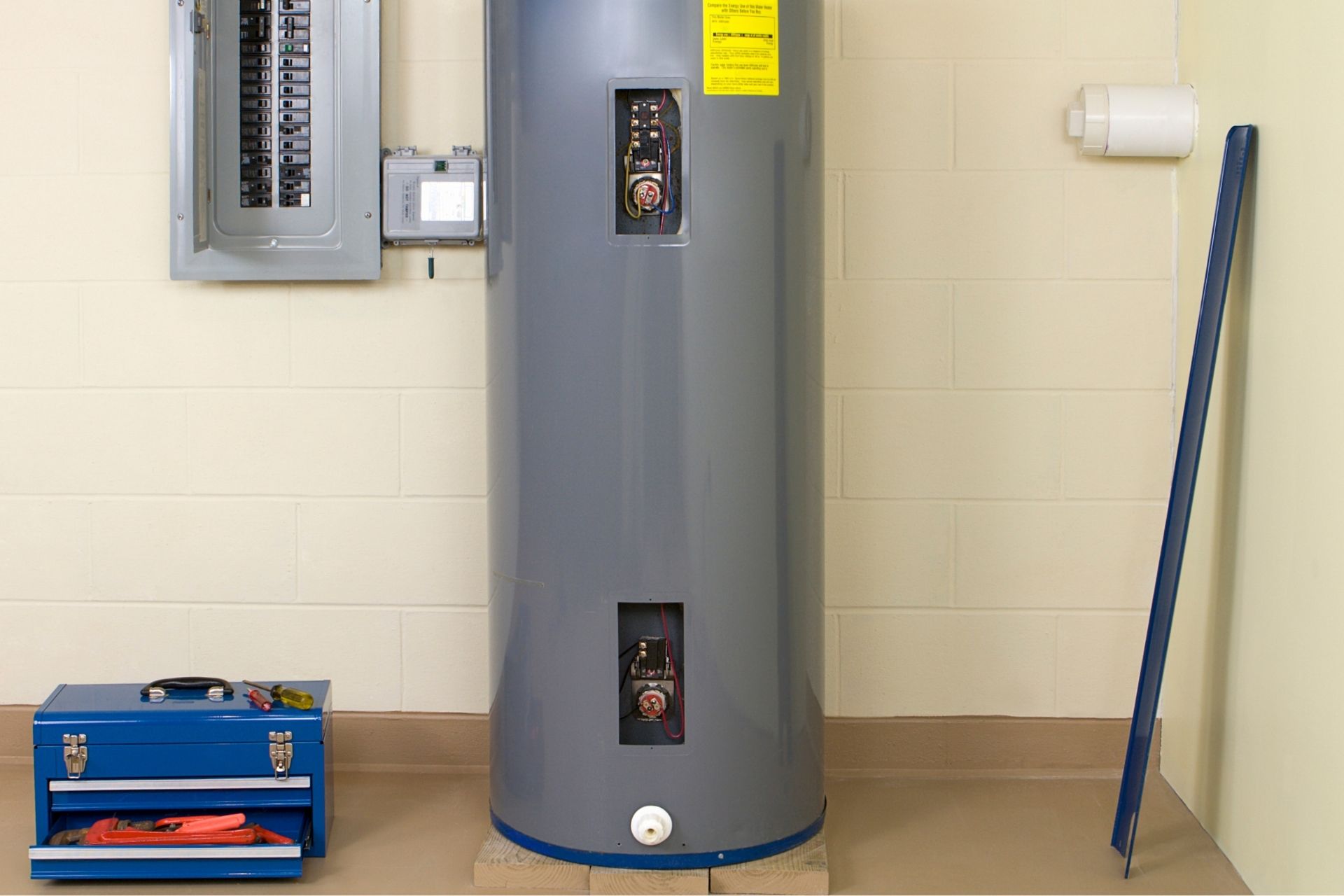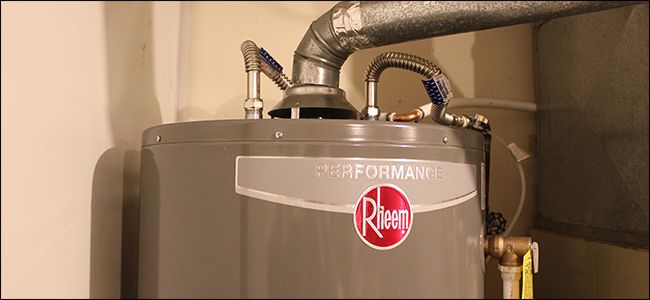The article in the next paragraphs involving What Kind of Maintenance Do Water Heaters Need? is immensely captivating. Have a go and draw your own final thoughts.

Warm water is essential for daily comfort, whether it's for a rejuvenating shower or washing meals. To guarantee your warm water system runs successfully and lasts longer, regular maintenance is essential. This post supplies functional ideas and understandings on just how to keep your home's warm water system to stay clear of disturbances and expensive repair services.
Intro
Keeping your home's warm water system could appear overwhelming, yet with a couple of straightforward actions, you can guarantee it runs efficiently for several years ahead. This overview covers whatever from comprehending your warm water system to DIY upkeep tips and knowing when to contact expert aid.
Relevance of Keeping Your Hot Water System
Regular upkeep not just expands the life expectancy of your warm water system however also ensures it runs successfully. Ignoring maintenance can lead to lowered performance, greater energy bills, and even early failing of the system.
Indications Your Hot Water System Needs Upkeep
Understanding when your hot water system needs focus can protect against significant problems. Look out for indications such as inconsistent water temperature level, odd noises from the heating system, or corroded water.
Flushing the Water Heater
Purging your hot water heater eliminates sediment build-up, enhancing efficiency and prolonging its life.
Monitoring and Replacing Anode Rods
Anode rods protect against rust inside the tank. Evaluating and changing them when worn out is critical.
Complicated Issues Calling For Expert Help
Instances consist of major leakages, electrical troubles, or if your hot water heater is consistently underperforming.
Regular Expert Upkeep Perks
Professional upkeep can include detailed evaluations, tune-ups, and making certain compliance with safety requirements.
Inspecting and Readjusting Temperature Level Settings
Adjusting the temperature level setups guarantees optimum efficiency and safety.
Do It Yourself Tips for Maintenance
You can execute a number of upkeep tasks on your own to keep your warm water system in leading condition.
Looking for Leaks
Frequently examine pipelines and connections for leaks, as these can cause water damage and greater expenses.
Understanding Your Warm Water System
Before diving right into maintenance jobs, it's valuable to understand the standard elements of your warm water system. Usually, this consists of the water heater itself, pipes, anode poles, and temperature controls.
Regular Monthly Upkeep Tasks
Regular regular monthly checks can aid catch minor concerns before they escalate.
Checking Stress Alleviation Valves
Evaluating the pressure safety valve guarantees it operates correctly and stops too much pressure build-up.
Insulating Pipelines
Insulating warm water pipelines reduces warm loss and can conserve power.
When to Call a Professional
While DIY maintenance is helpful, some concerns require professional competence.
Conclusion
Routine upkeep of your home's hot water system is necessary for performance, longevity, and expense financial savings. By following these suggestions and understanding when to look for specialist aid, you can ensure a dependable supply of hot water without unforeseen interruptions.
How to Maintain an Instant Hot Water Heater
Before tinkering with your hot water heater, make sure that it’s not powered on. You also have to turn off the main circuit breaker and shut off the main gas line to prevent accidents. Also turn off the water valves connected to your unit to prevent water from flowing into and out of the appliance. 2. When you’re done, you have to detach the purge valves’ caps. These look like the letter “T” and are situated on either side of the water valves. Doing so will release any pressure that has accumulated inside the valves while at the same time avoid hot water from shooting out and burning your skin. 3. When the purge valves’ caps are removed, you have to connect your hosing lines to the valves. Your unit should have come with three hoses but if it didn’t, you can purchase these things from any hardware or home repair shops. You can also get them from retail stores that sell water heating systems. Read the user’s manual and follow it to complete this task properly. When the hosing lines are connected, open the purge port’s valves. 4. You should never use harsh chemical cleaners or solutions when cleaning your unit. Make use of white vinegar instead. It should be undiluted and you’ll probably use about 2 gallons. 5. Now flush your water heater. This task should probably take about 40 minutes. We can’t give you specific directions for this because the procedure is carried out depending on the type, model and brand of your heater. With that being said, refer to the user’s manual. 6. When you’re done draining the unit, you have to turn off the purge port valves again. Remove the hosing lines that you earlier installed on each of the water valves. Put the valve caps (purge port) back in their respective places and be very careful so as not to damage the rubber discs that are found inside these caps. 7. Now that everything’s back in place, check your user’s manual again to find out how to reactivate your water heating system. 8. Once it is working, turn one of your hot water faucets on just to let air pass through the heater’s water supply pipes. Leave the tap on until water flows smoothly out of it. https://www.orrplumbing.com/blog/2014/september/how-to-maintain-an-instant-hot-water-heater/

We had been shown that write-up on Tips For Maintaining Your Hot Water Heater from an acquaintance on another web page. Appreciated our post? Please quickly share it. Let somebody else check it out. Thanks so much for taking the time to read it.
Schedule Now